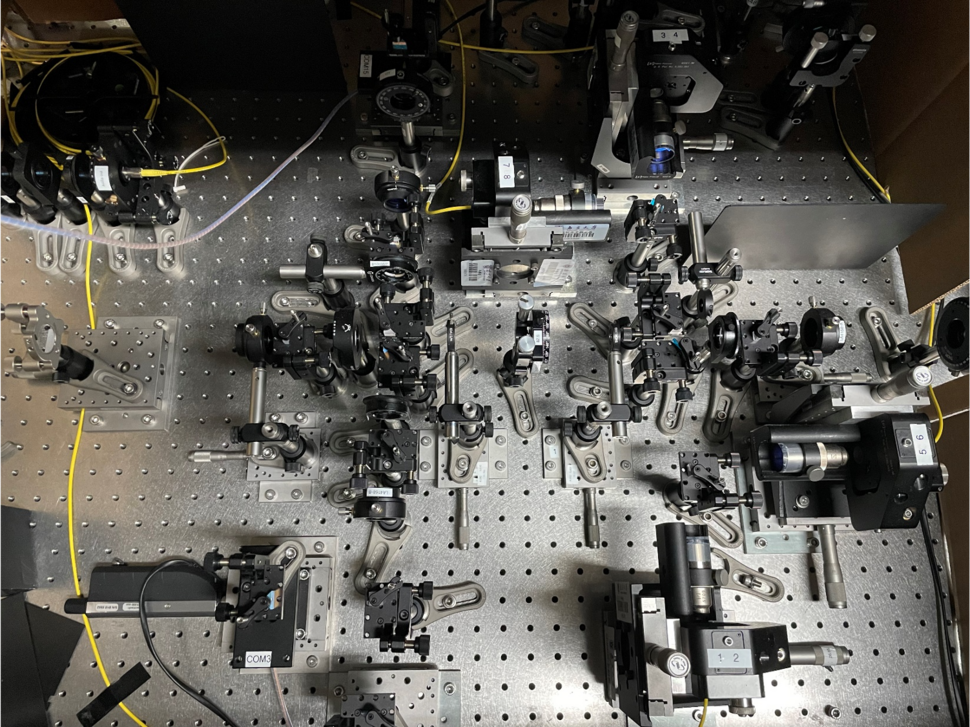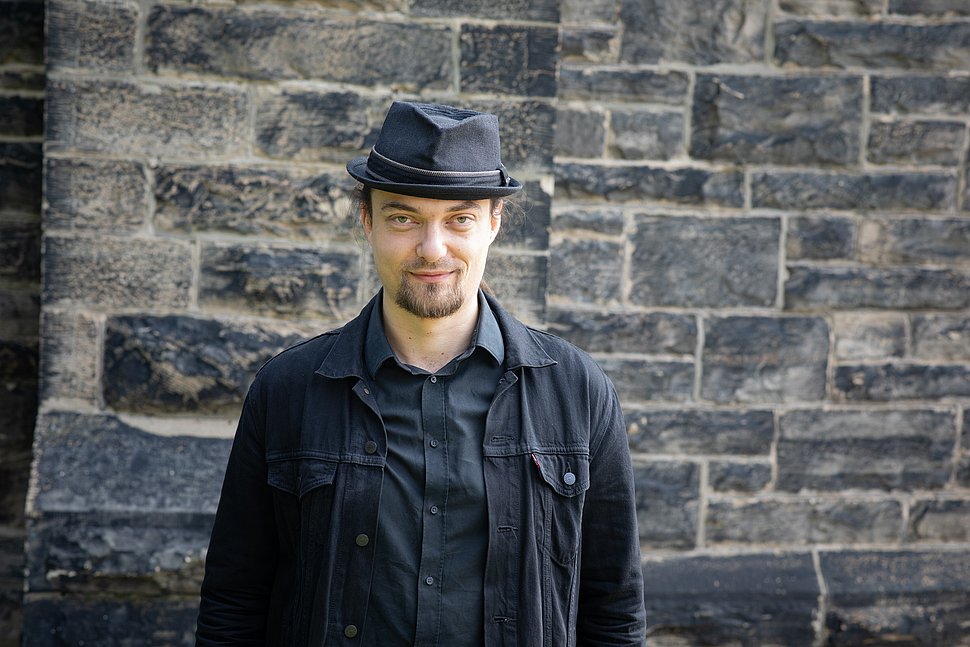Where Quantum Particles Are Born: AI Reveals New Insights Beyond Entanglement
Quantum physics, the science of the very small, operates via laws that can often seem strange to our everyday intuition. Research group leader Mario Krenn and Xuemei Gu from the Max Planck Institute for the Science of Light have unveiled an exciting discovery that deepens our understanding of these enigmatic quantum laws.


Previously, scientists believed that the only way to create non- local quantum interference, an unusual property where par- ticles seem to be connected regardless of their separation distance, was through a process called entanglement. However, with the help of Artificial Intelligence and the mathematical tool of Graph Theory, the two researchers have found that this is not the only way, offering an exciting new avenue to explore in the realm of quantum physics.
This surprising discovery was initially predicted using a theoretical framework developed over the last five years, led by Mario Krenn, now research group leader at MPL, Xuemei Gu, currently a post-doc in Krenn's group, and Anton Zeilinger (winner of the 2022 Nobel Prize in Physics). The team discovered that the place where particles of light are generated can be in a superposition of two locations at the same time. This is equivalent to saying particles are generated in two different places at once. Due to this, one can observe some of the peculiar properties of quantum physics without quantum entanglement of any of the particle’s properties.
Now, in two separate experiments, one published in Nature Communications and one in Optica, Mario Krenn together with an experimental team at Nanjing University and a team at Hefei University have observed this unusual effect for the first time. Their collaborative effort demonstrated multiphoton non-local quantum interference of four particles which does not require entanglement of any intrinsic properties of the photons. This unusual concept offers a new way to study the notion of correlations over large distances in quantum physics and may have potential applications in quantum-enhanced technologies, such as high-precision measurements.
Intriguingly, this interference effect could have been discovered 25 years earlier. The necessary technology has been available since at least 1997. However, human researchers overlooked it, and it was only uncovered through the use of artificial intelligence. Krenn's research group at MPL, the "Artificial Scientist Lab," focuses on leveraging artificial intelligence to make exciting discoveries in physics. Now, after less than two years at the institute, they have successfully observed this non-local quantum interference effect in their experiments. Krenn says, “The collaboration between our human minds and artificial intelligence has allowed us to explore areas of quantum physics that may have remained elusive otherwise. Now, finally observing this predicted effect in the lab brings a real sense of satisfaction.”
Distinctly different from entanglement
Unlike entanglement, a kind of 'connection' between the properties of particles, this new effect is all about where the particles come from. The researchers have found that particles can be generated - or 'born' - in a superposition, as if they are springing into existence from two places at once. Imagine particles like guests arriving at a party - in this case, it's as if they could arrive from two places at once! In their experiments, the researchers managed to create a special kind of interference with four particles, even controlling the interference using a particle they never actually detected. This is something that just wouldn't be possible with the usual 'connected' particles in entanglement.
Further research into this effect and its possible applications is ongoing. “It will be exciting to see how this phenomenon can be used to improve quantum technologies and address fundamental questions in quantum physics.”, Xuemei Gu says.
Image 1 (© Xiaosong Ma, Nanjing University): Experimental Setup at Nanjing University (group of Xiaosong Ma) where photons are born at different locations simultaneously.
Image 2 (© Mario Krenn): MPL research group leader Mario Krenn
Contact
Edda Fischer
Head of Communication and Marketing
Phone: +49 (0)9131 7133 805
MPLpresse@mpl.mpg.de





